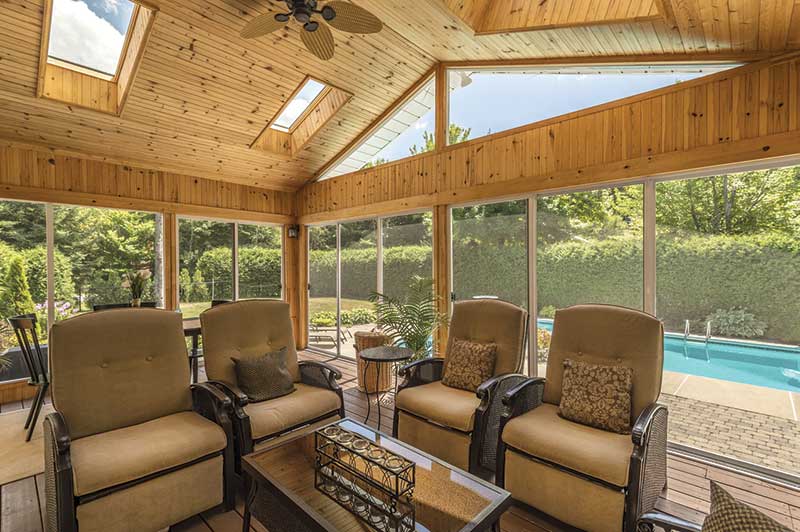Maximizing natural light in a home is a smart and sometimes low-cost renovation. Homes that are dark and drab can drain energy levels and reduce productivity. In addition, dark rooms may not be inviting places to gather as a family or when entertaining.

Certain factors contribute to a dark home. Houses that face north or east may not get the same level of sunlight as those that primarily face south and west. Geographic location also plays a role in the amount of natural sunlight. Mountains, buildings and even latitude can affect the amount of natural light that enters a home.
The style of a home and its attributes also may create dark conditions. Deep house eaves as well as small windows or too few windows also can contribute to a deficit of light indoors. A major remodel certainly can remedy the situation. However, there also are other less-extensive strategies to improve natural light.
• Assess the situation before renovating. Walk around the house and determine which rooms get the most light and which conditions may be contributing to the problem in other areas. Dark floors and walls may be absorbing natural light and compounding the situation. You may find that only one or two rooms need attention, saving you the cost and effort associated with a major home overhaul.
• Lighten up window treatments. Heavy drapes or thick blinds can be replaced with translucent alternatives. Translucent shades will allow light into the room without compromising privacy, say the experts at HGTV.
• Use mirrors strategically. A mirror placed opposite a window will reflect light all around the room. This can make a small room seem larger and a dark space instantly brighter.
• Install new windows and doors. If the budget allows, installing larger windows in a home will allow more natural light in. French doors or sliding doors also may make a home’s interior more bright. Think about adding windows to a side of the house that has none, or increase the size of the windows on the side of the house that gets the most light.
• Maximize sunlight from above. Skylights will bring light into a home as the sun passes overhead. Tubular skylights can bring natural sunlight into spaces where you may not expect skylights to be practical. According to Houzz, a design and architectural resource, tubular daylighting devices, or TDDs, can make a big difference. TDDs are reflective pipes installed between the roof and ceiling, with a clear plastic dome.
• Use reflective decor. Reflective surfaces, including glass and metal, can brighten up a room and diffuse light around a room. Glossy backsplashes, pendant lighting and shiny metal that reflect light can increase the natural light, balancing out dark spaces.
• Prune trees regularly. Cut back branches and keep trees tidy to maximize sunlight. Avoid planting tall shrubbery in front of windows.
• Routinely clean windows and glass doors. Dirt and other grime can prevent light from getting through. Regularly give windows a thorough washing.
Natural light is an important commodity in a home. Sunlight can improve mood and go a long way toward keeping home occupants healthy and happy.






